Secure attachment does not mean that there will never be tears. Learn why emotional upsets are normal and how to support your child in these moments.
As parents, we all want our children to be happy. It’s natural to feel anxious when they’re upset, frustrated, or going through a tough time. In today’s culture, there’s often an assumption that a securely attached child won’t cry often or that their emotional needs will be so well met they’ll always be calm and collected. But that’s simply not how human emotions work, even in children with secure attachment.
I’m here to reassure you that having a securely attached child does not mean never seeing them upset. In fact, securely attached children feel comfortable expressing their full range of emotions—crying, laughing, and everything in between—because they know they’re safe with you.
We want to share insights into why these emotional moments are normal and even essential for development. If you’re ready to better understand how to respond to your child’s upset moments in a way that strengthens your bond, this blog post is for you.
What Does It Mean to Be Securely Attached?
Secure attachment is not about erasing emotions, especially tough ones like sadness or frustration. Instead, it’s about creating an environment where your child feels safe enough to express all their emotions, knowing you’re there for them no matter what. A securely attached child may still cry or become frustrated, but they’re also likely to seek you out for comfort because they trust that you’ll respond.
Imagine a toddler who feels overwhelmed after a long day at preschool. They’re cranky, crying, and maybe even throwing a bit of a tantrum. A securely attached child knows, even in the middle of this meltdown, that you’re their safe space, someone they can rely on to help them through their emotions.
Why Crying and Upset Moments Are Normal (and Healthy!)
Crying and frustration are natural responses to stress and change, and they’re part of learning how to manage emotions. Emotions are energy, and they need to be expressed for children to process them. When children cry or express frustration, they’re actually engaging in an essential process that helps them build skills like emotional regulation, resilience, and even empathy.
If we try to suppress these emotions or feel alarmed by every tear, we send an unintentional message that feeling upset is somehow wrong. Instead, when we allow space for these feelings and respond supportively, children learn that emotions, even the tough ones, are safe to feel. They get the chance to develop confidence in handling their own emotions because they’ve seen you model healthy responses.
Secure Attachment and the “Safe Haven”
In attachment theory, there’s an idea called the “safe haven,” which describes how securely attached children use their caregivers as a source of comfort and reassurance when they’re feeling vulnerable. When your child is upset, being their safe haven means showing up in a calm, nonjudgmental way. You don’t have to fix their feelings; you just need to be present.
Imagine you’ve had a rough day, and someone you trust says, “That sounds really hard. I’m here if you want to talk about it.” That feeling of being seen and heard without pressure to “get over it” is what we’re aiming for with our children.
Being a safe haven doesn’t mean rescuing your child from every discomfort but being emotionally available so they know they’re not alone in their feelings. This is a skill they’ll carry with them throughout their lives, as they learn that they can feel deeply and still be okay.
The Role of Brain Development in Emotional Upsets
Our children’s brains are still developing and will continue to do so well into their twenties. The areas responsible for managing emotions, like the prefrontal cortex, aren’t fully developed in young children. This means they have a harder time self-regulating, especially when they’re tired, hungry, or overwhelmed.
When your child is crying or having a tantrum, they’re not just “acting out” but responding from a part of the brain that handles emotions and survival. Understanding that their brains are still developing can help us approach these moments with patience and compassion. Instead of seeing upset moments as problems, we can see them as opportunities to guide our children through these big feelings with kindness.
Responding to Upset Moments: How to Foster Secure Attachment
- Acknowledge Their Feelings
- One of the simplest and most effective things you can do is to name the emotion your child might be feeling: “You seem really frustrated that your toy isn’t working.” This validates their experience, making them feel seen and understood.
- Stay Calm
- Children mirror our emotions. If we stay calm, it helps them calm down too. By keeping our voice and body language soothing, we provide a model for managing emotions in a healthy way.
- Offer Physical Comfort
- Physical touch, like a hug or gentle pat on the back, can help calm your child’s nervous system. This type of comfort reinforces your role as their safe haven and gives them a sense of security in your presence.
- Give Them Space to Process
- Sometimes, children need a little room to feel their feelings without us jumping in to fix things. Giving them space while staying nearby can communicate that it’s okay to feel what they’re feeling.
- Guide Them Toward Resolution (When They’re Ready)
- Once your child has had a chance to calm down, they may be open to solutions. At that point, you can talk about ways to handle frustration or sadness next time. But remember, solving isn’t always the goal. Often, it’s enough to simply be there with them.
When You Feel Overwhelmed by Their Emotions
Let’s be honest—parenting through tears and tantrums can be exhausting. If you feel overwhelmed, take a deep breath. Remind yourself that these moments, while difficult, are also a critical part of your child’s emotional development.
If you’re feeling particularly stretched, try grounding yourself by taking a few slow, deep breaths before engaging with your child. Remember, you’re not alone. Parenting is a demanding job, and handling your child’s emotions is a skill that takes time to develop. Give yourself grace, just as you give grace to your child.
Real-Life Examples of “Securely Attached” Kids Getting Upset
Example 1: The Supermarket Meltdown
You’re in the checkout line, and your toddler suddenly wants the candy on display. You say no, and they immediately start crying, perhaps even throwing a bit of a fit. In this moment, secure attachment doesn’t mean they wouldn’t react this way; it means they feel safe enough to show their feelings without fear of losing your love or support.
A securely attached response might be to kneel down, acknowledge their disappointment, and stay calm, even if they’re very upset. By letting them know their feelings are okay while calmly standing by your boundary, you’re reinforcing both security and limits.
Example 2: The Bedtime Blues
Bedtime can be a common time for children to feel separation anxiety, even if they’re securely attached. They might cry or protest, feeling the discomfort of knowing they’ll be apart from you overnight. In this case, you can offer them comfort and reassurance, maybe with a bedtime story or a special bedtime routine that helps them feel close to you even as they go to sleep.
Secure attachment doesn’t mean they won’t feel anxious at bedtime—it means they’ll know they can count on you to help them through it.
You’re Doing Better Than You Think
If you’re reading this, you’re likely a parent who deeply cares about your child’s emotional well-being. That dedication alone says a lot about the kind of parent you are. Upset moments are normal, and securely attached children still cry, feel frustrated, and experience big emotions. What makes a difference is your response, not your ability to prevent every tear or tantrum.
The beauty of secure attachment is that it’s built over time through thousands of small interactions. Every time you respond with empathy, patience, and presence, you’re adding to the foundation of trust and safety that your child relies on. So, when your child is upset, remember—you don’t need to fix it; you just need to be there.


















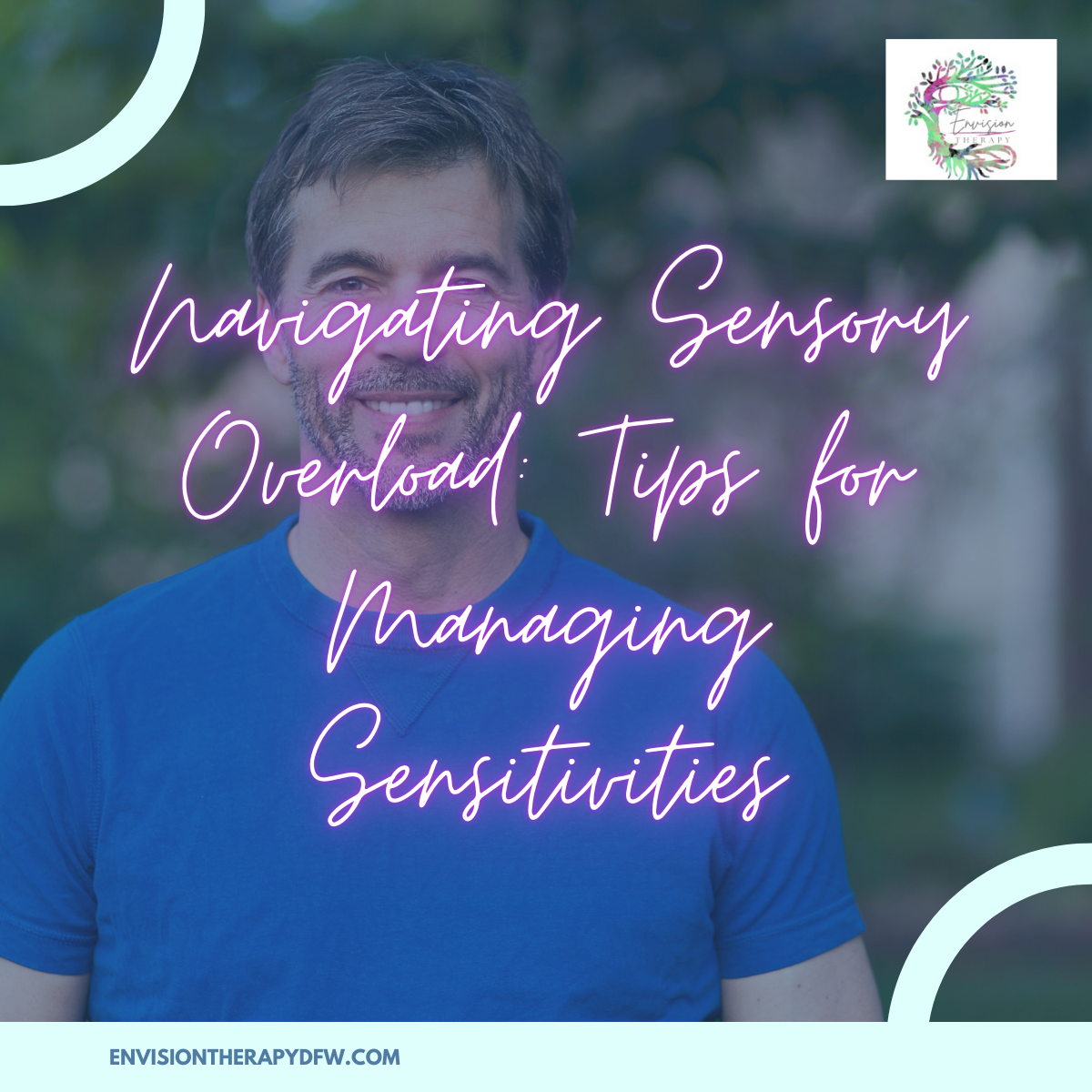




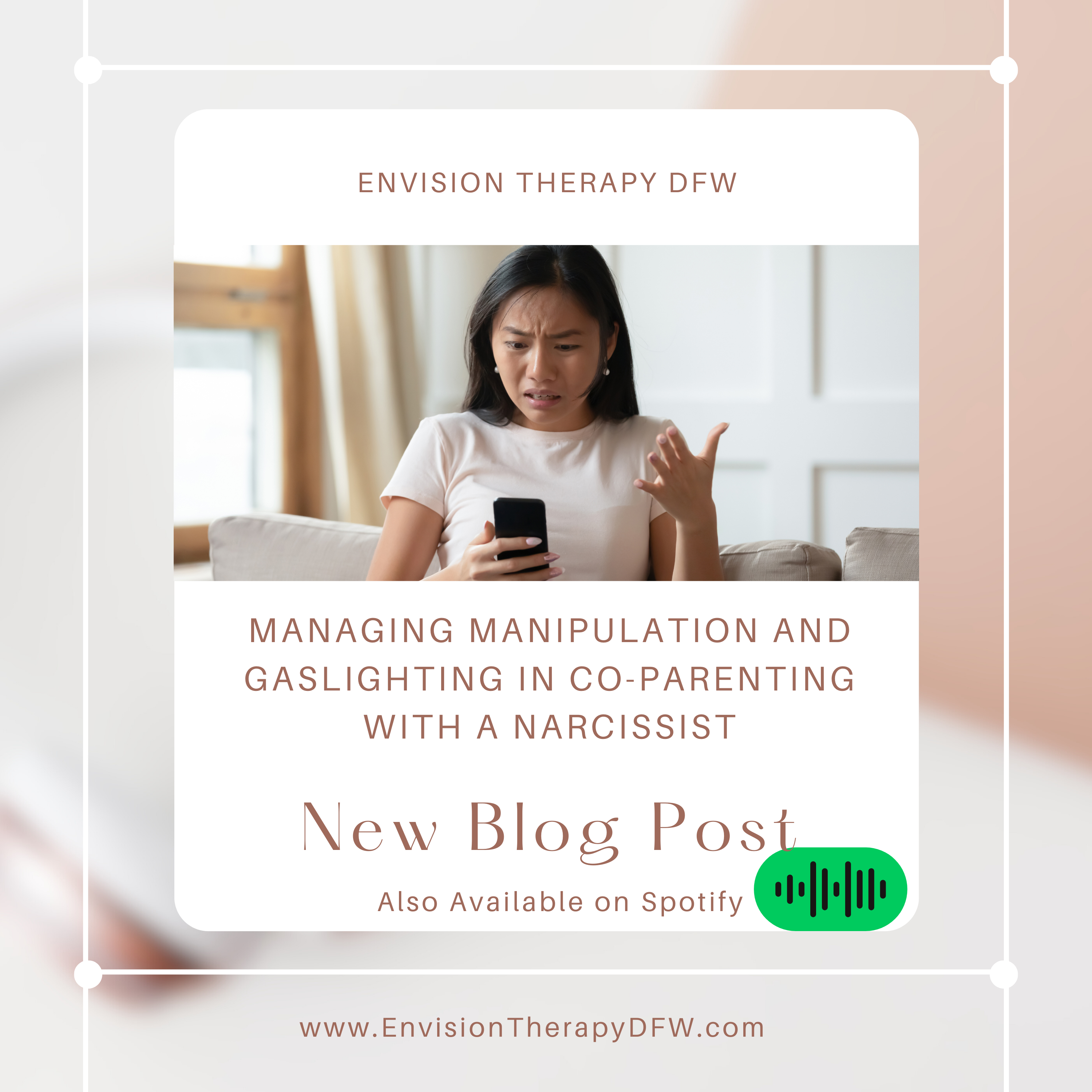

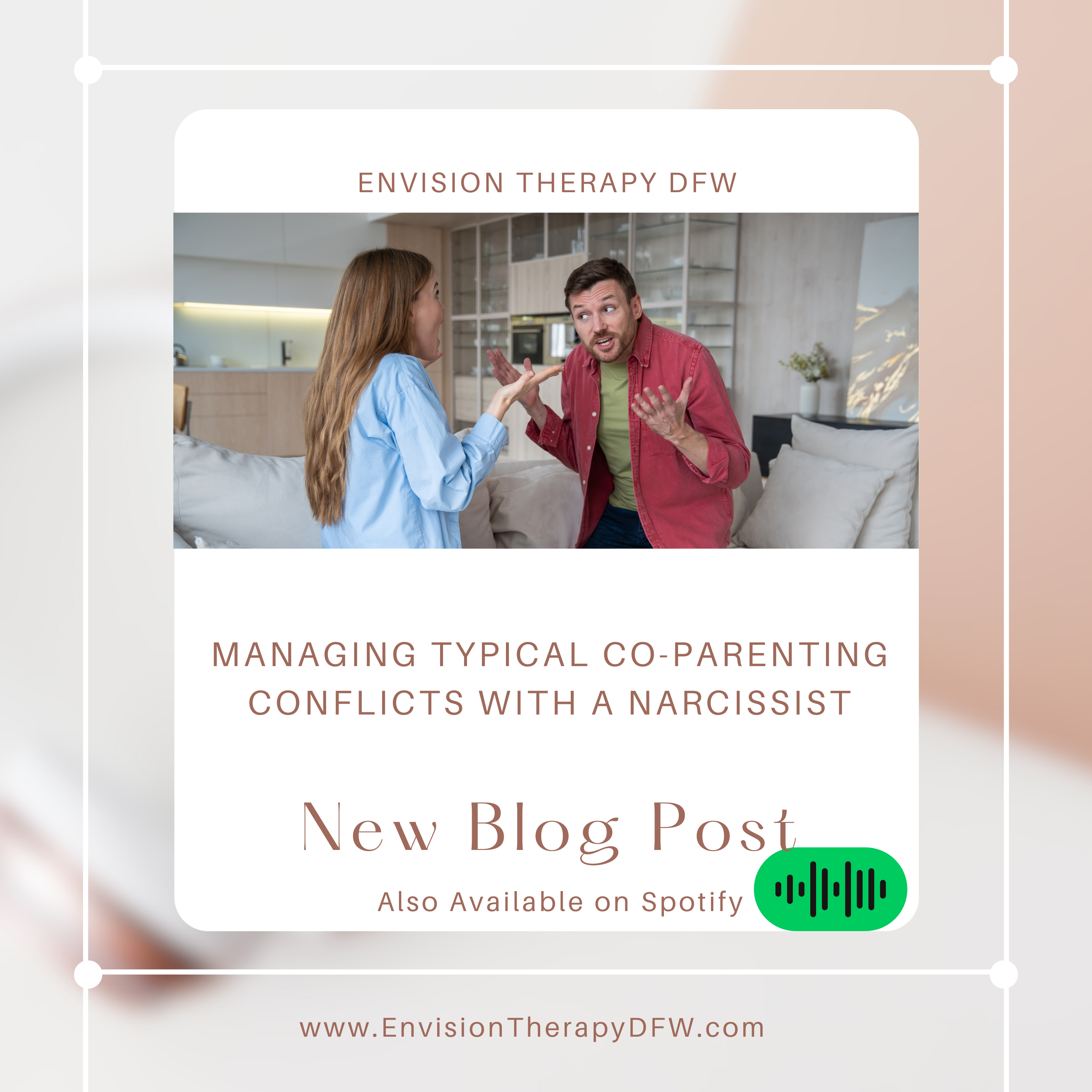
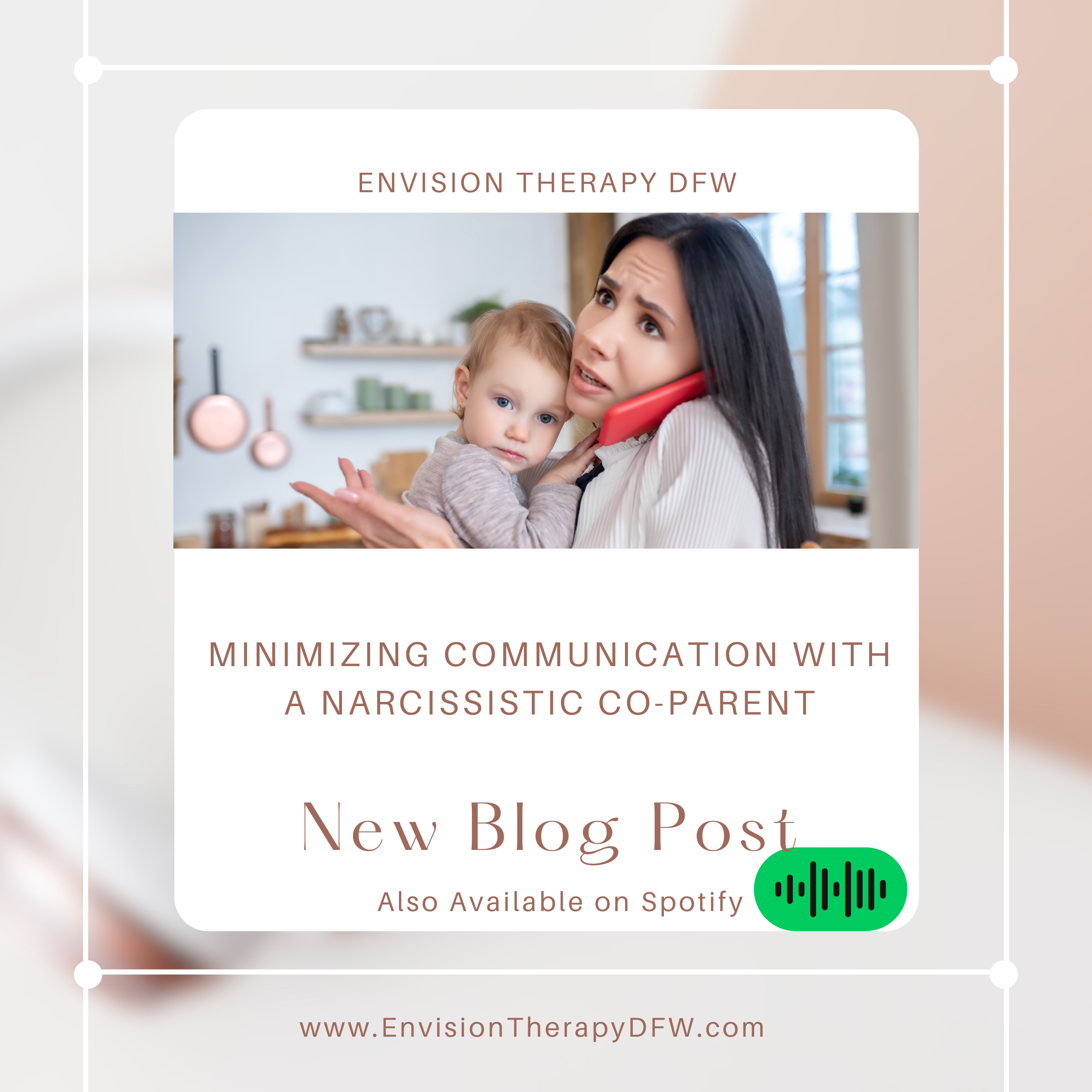
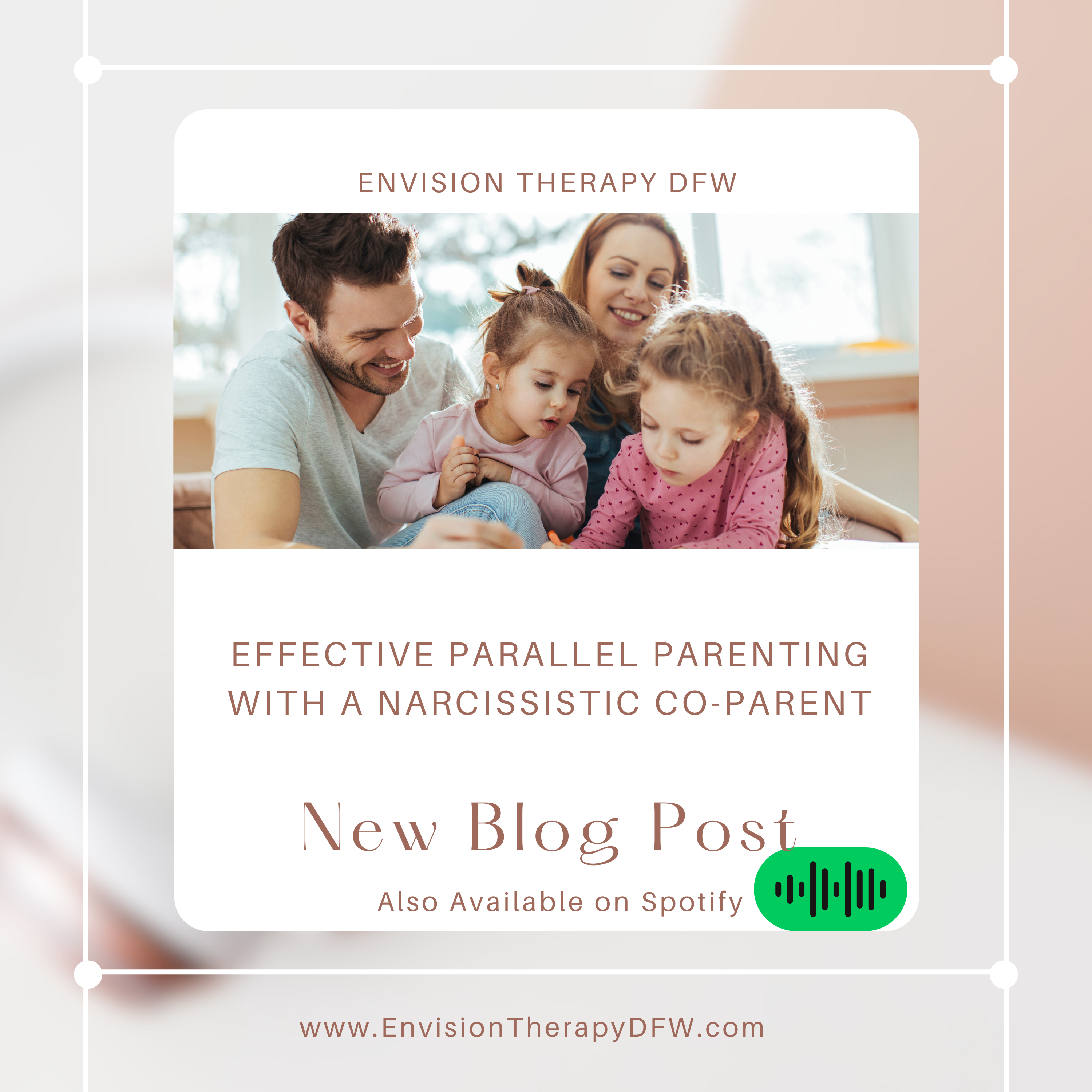
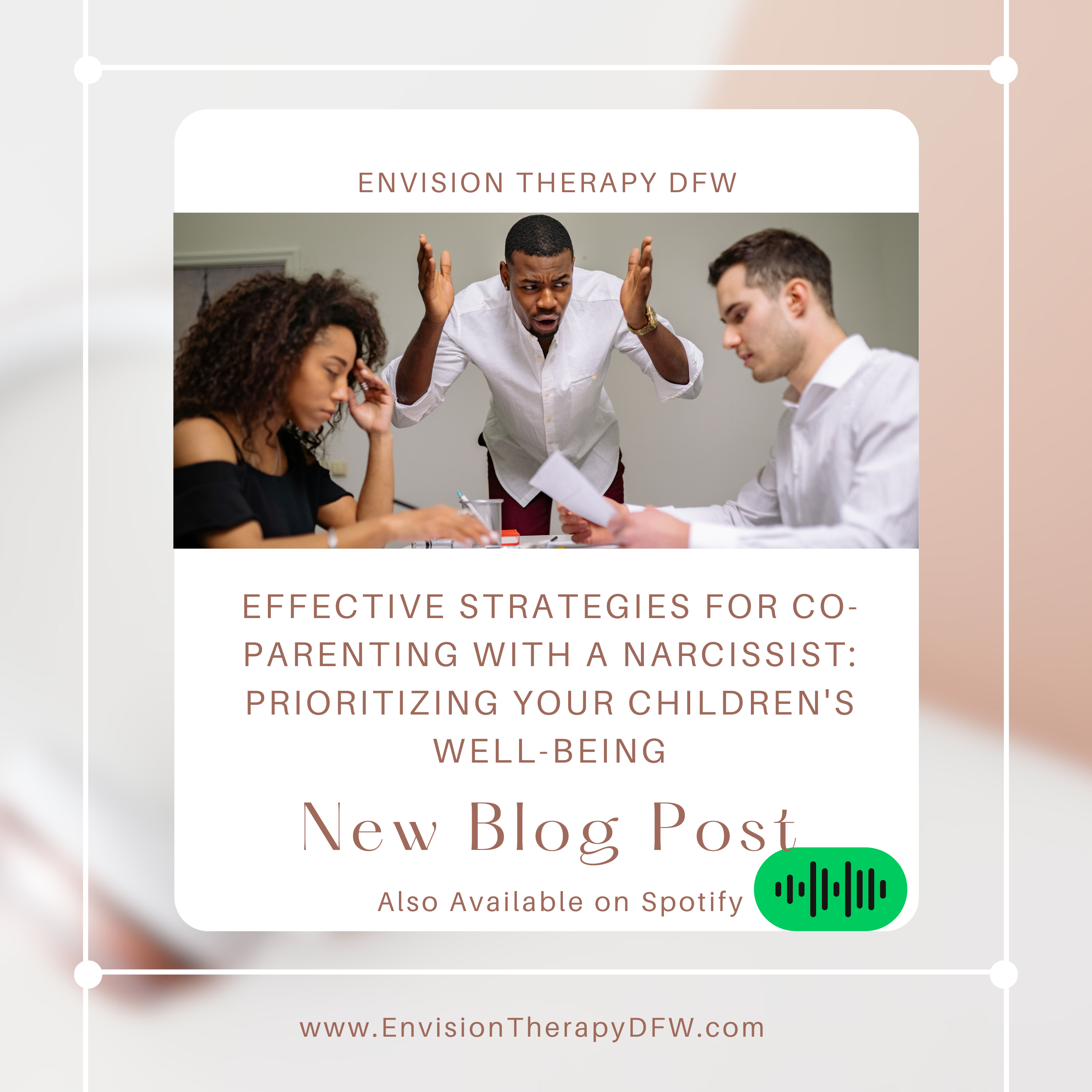


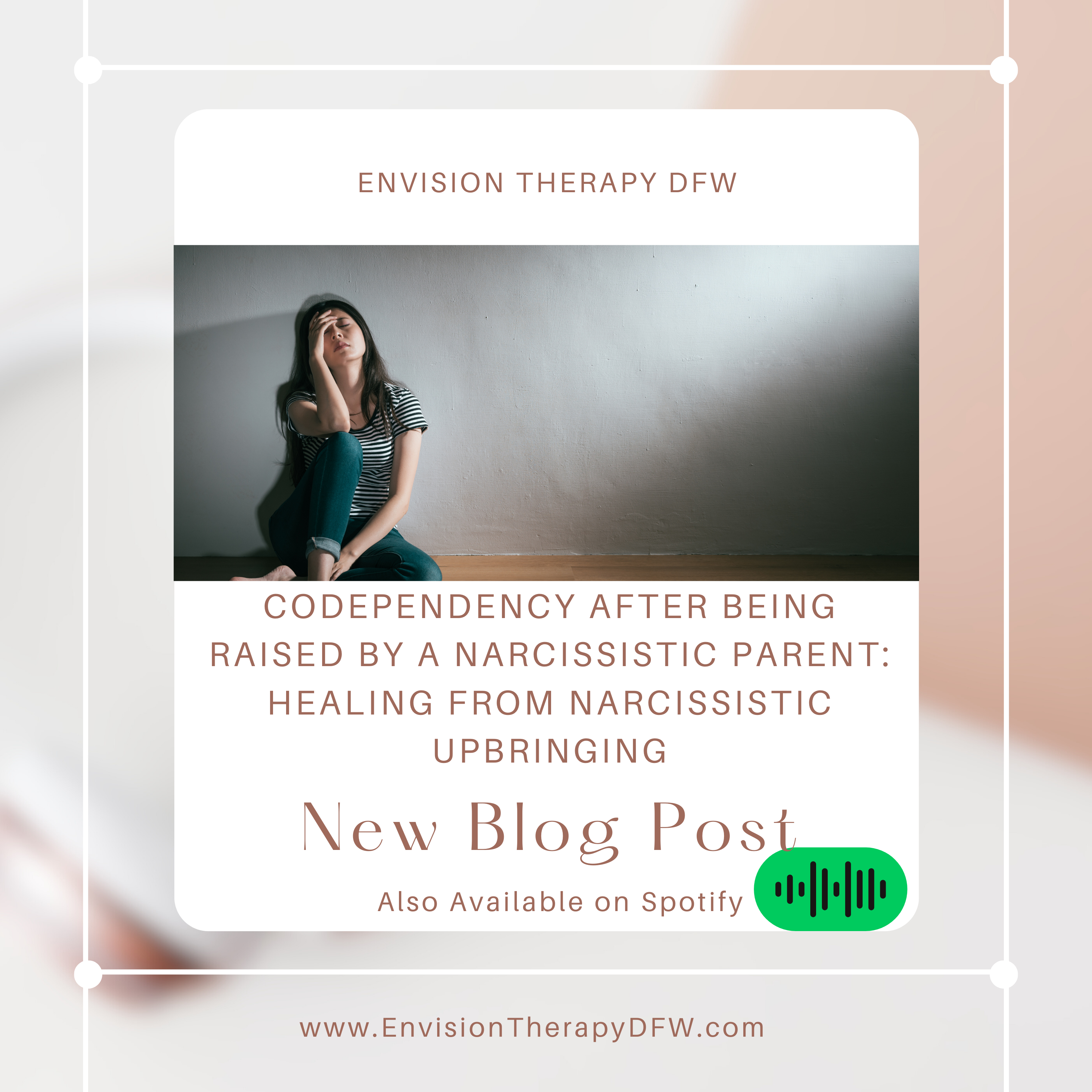
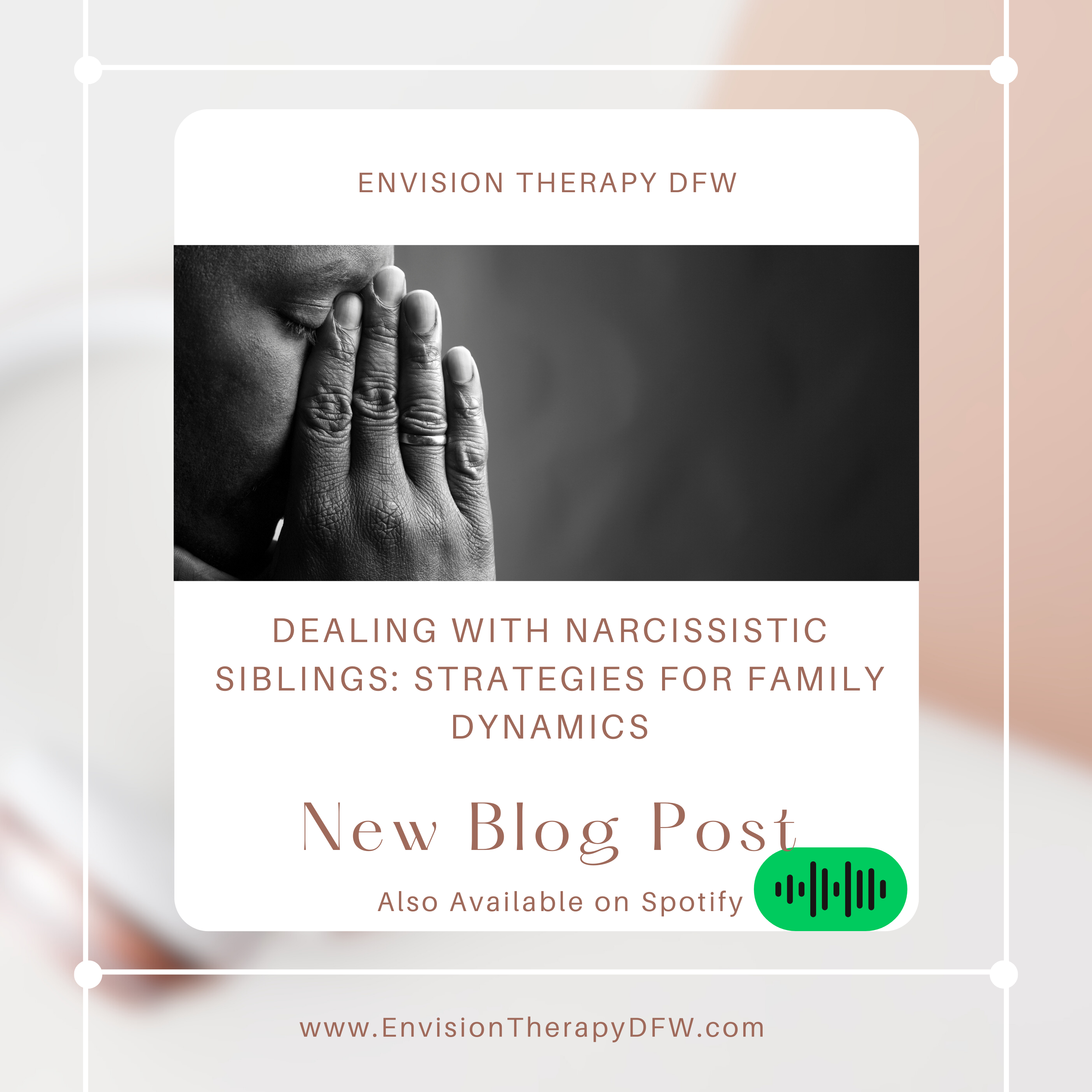

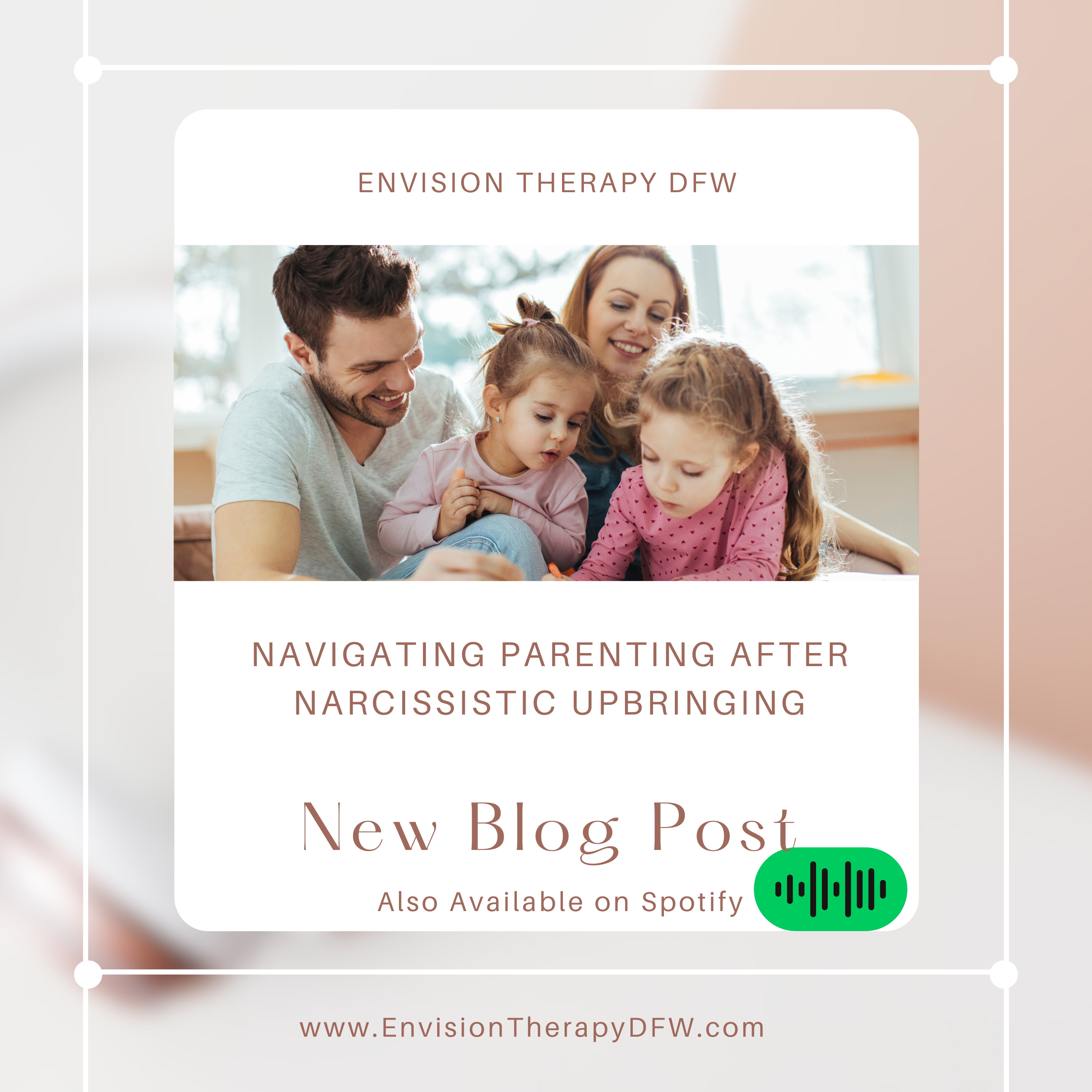
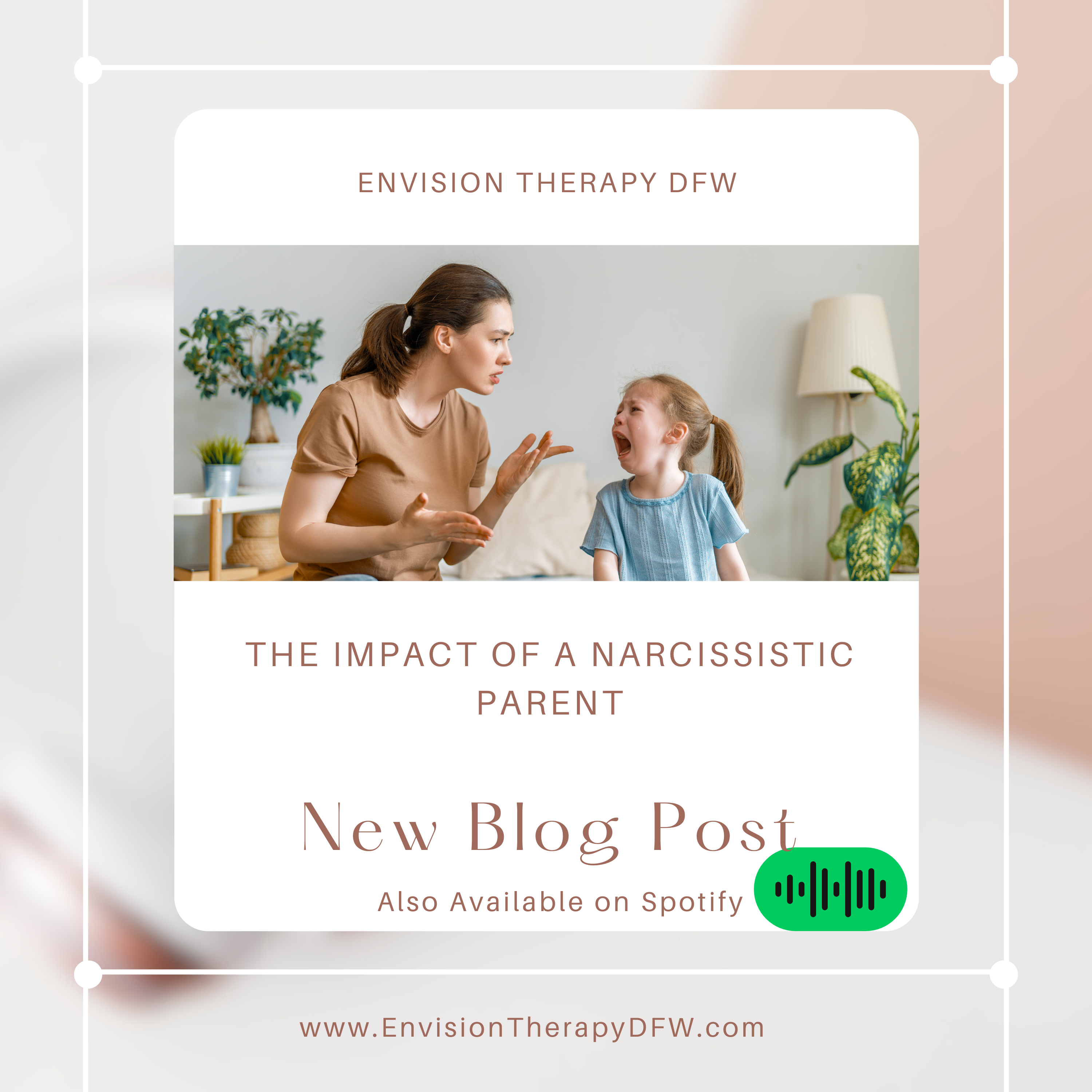

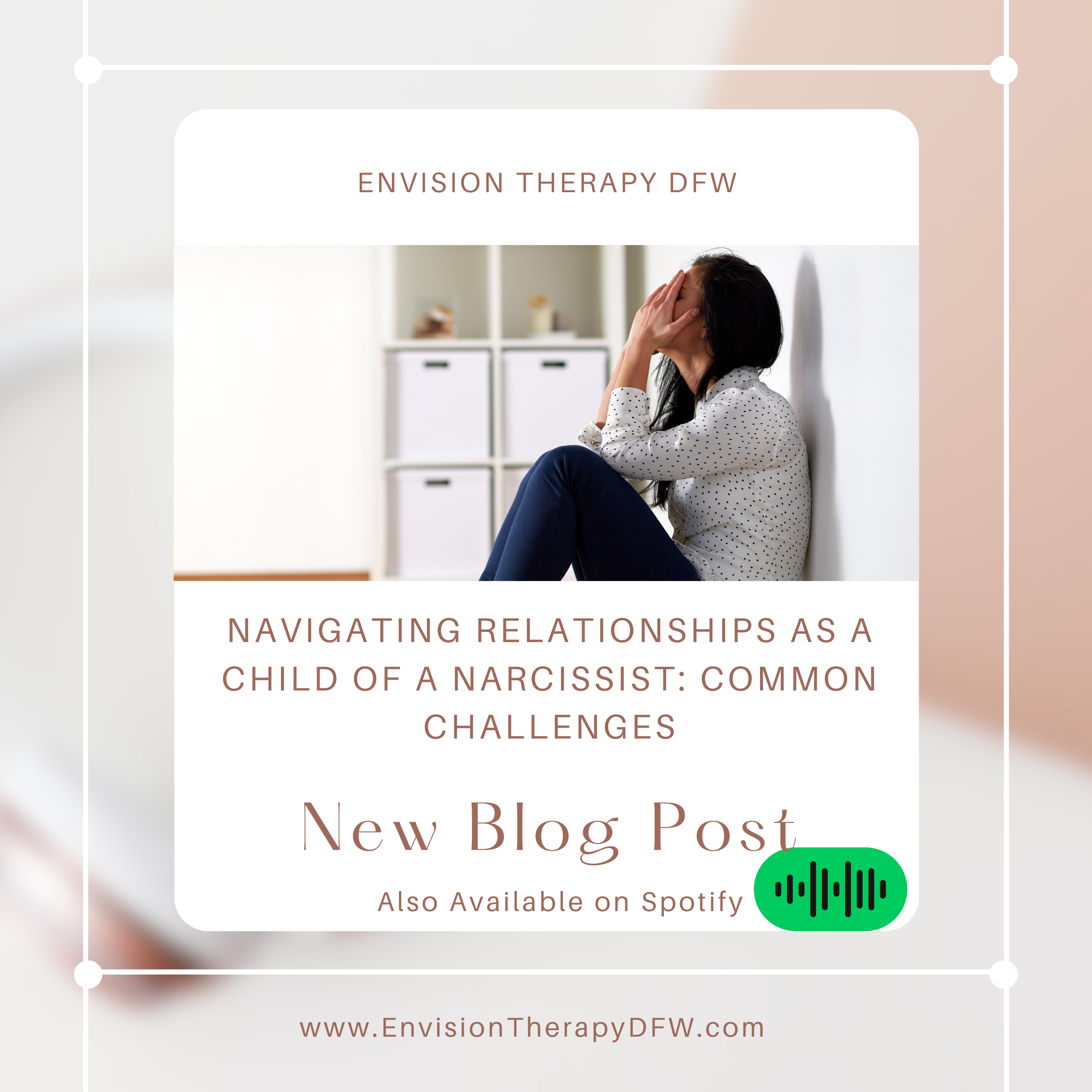














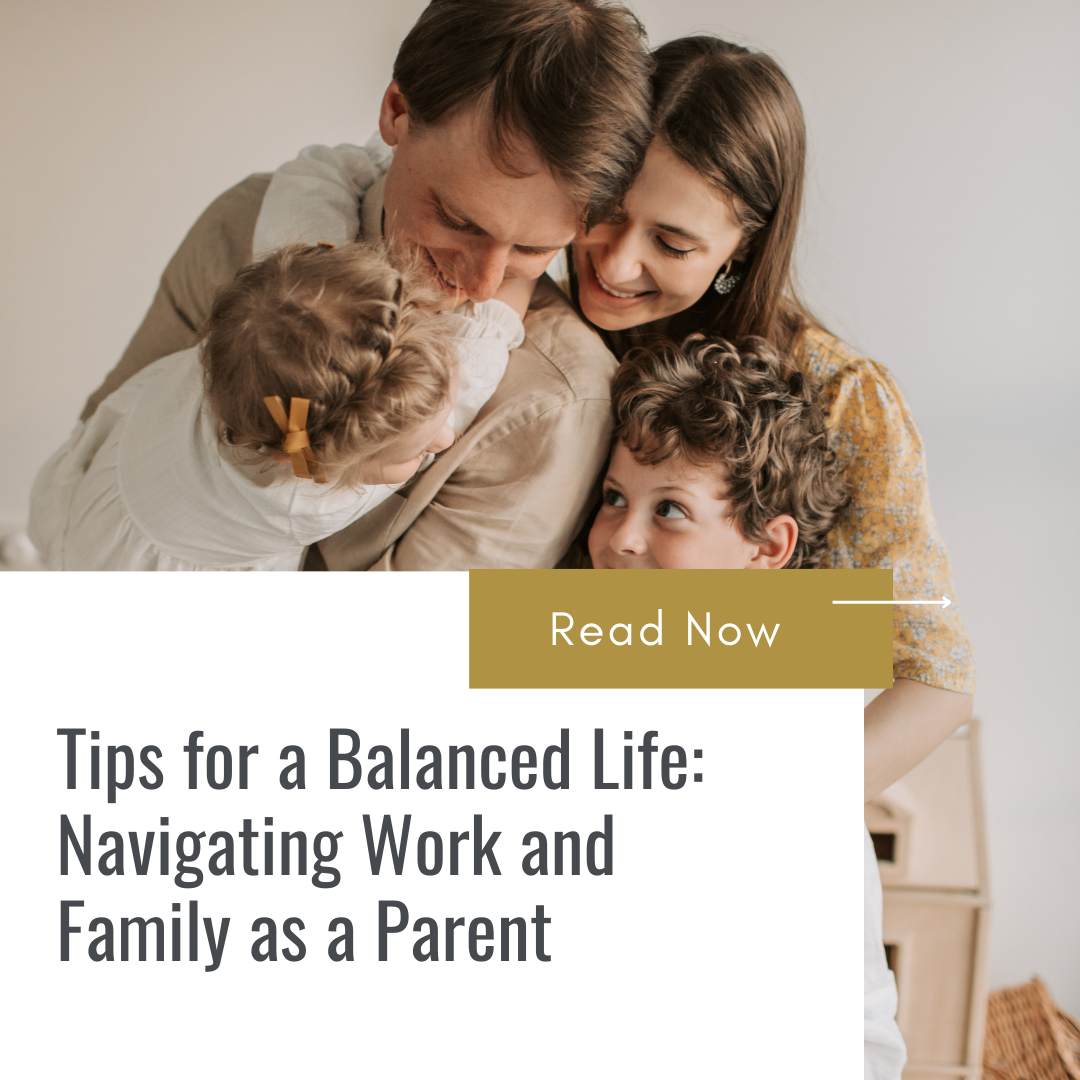
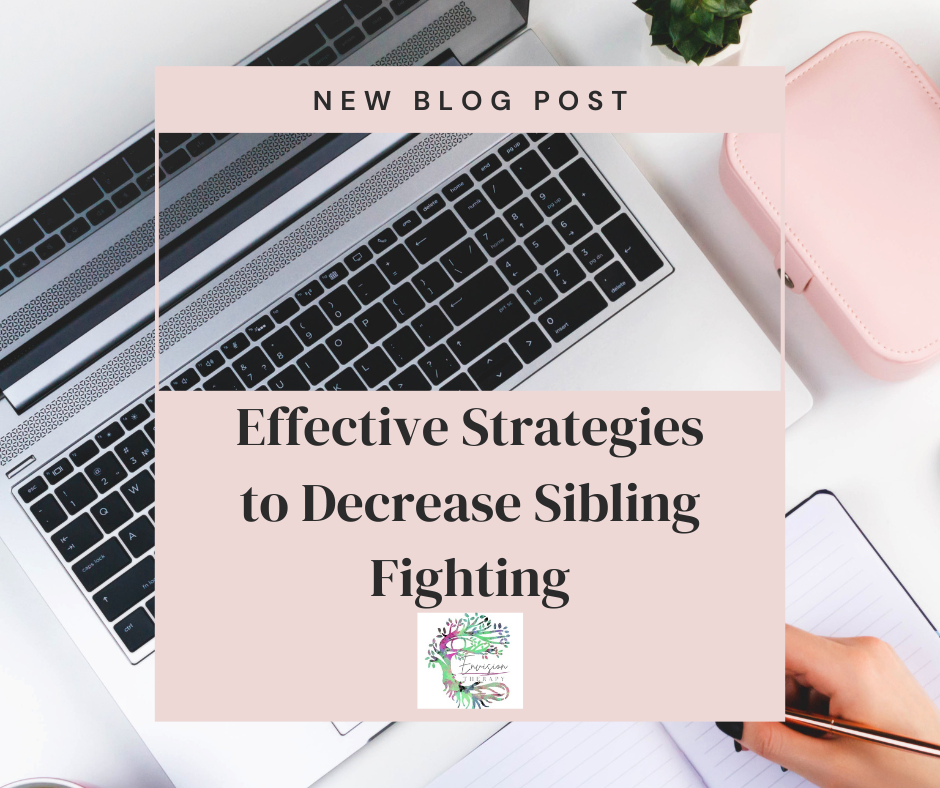
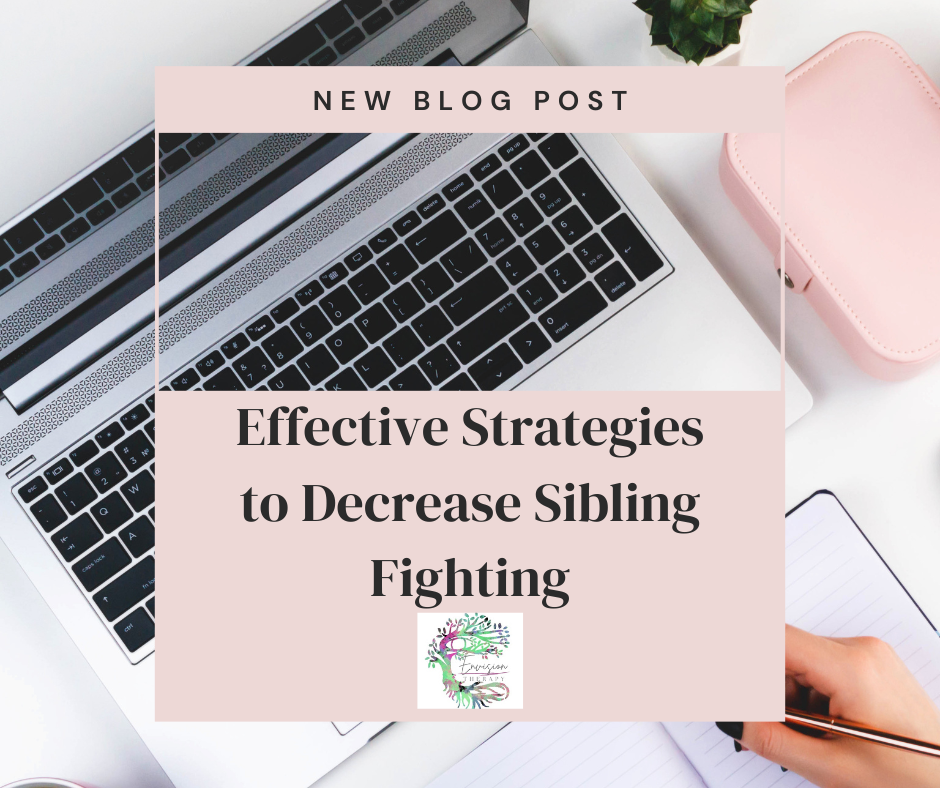

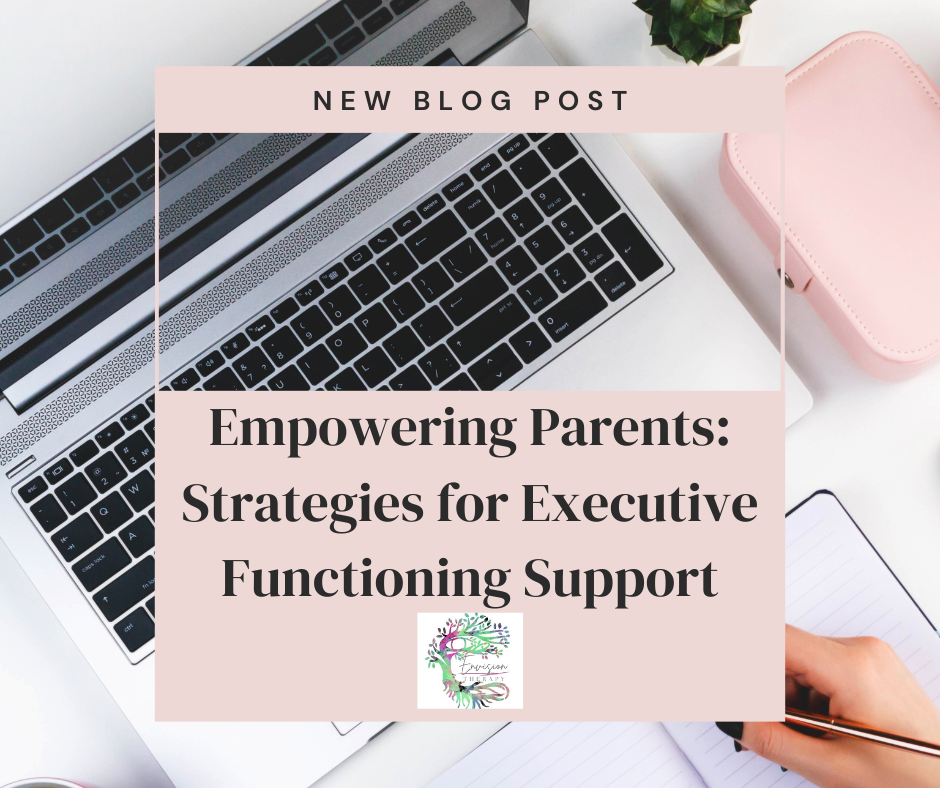
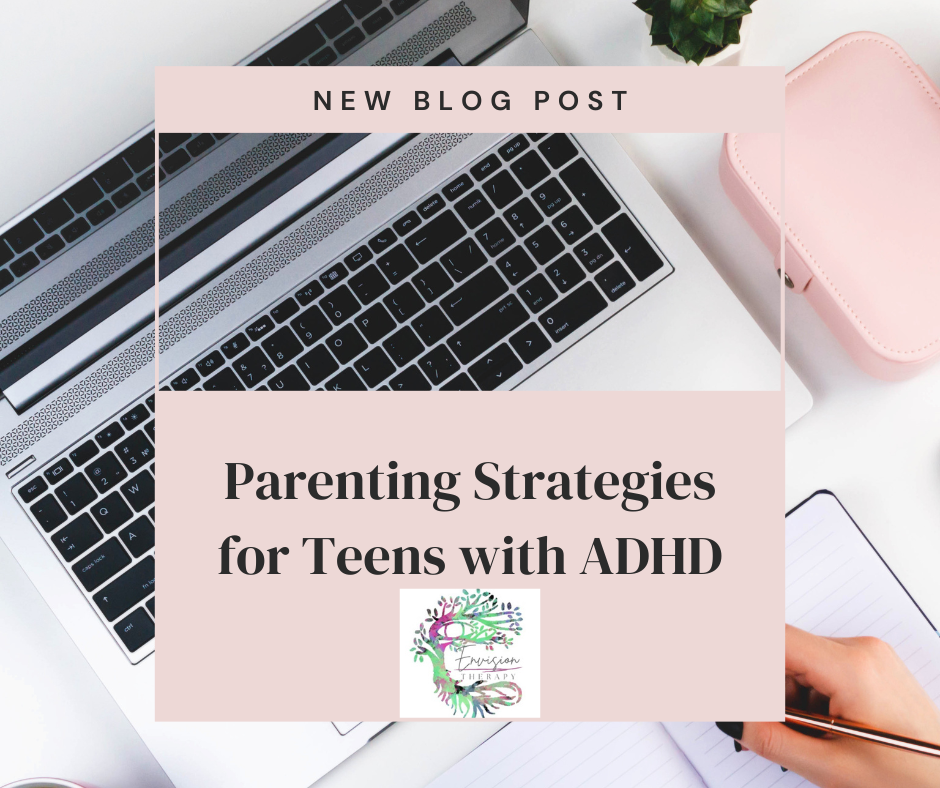















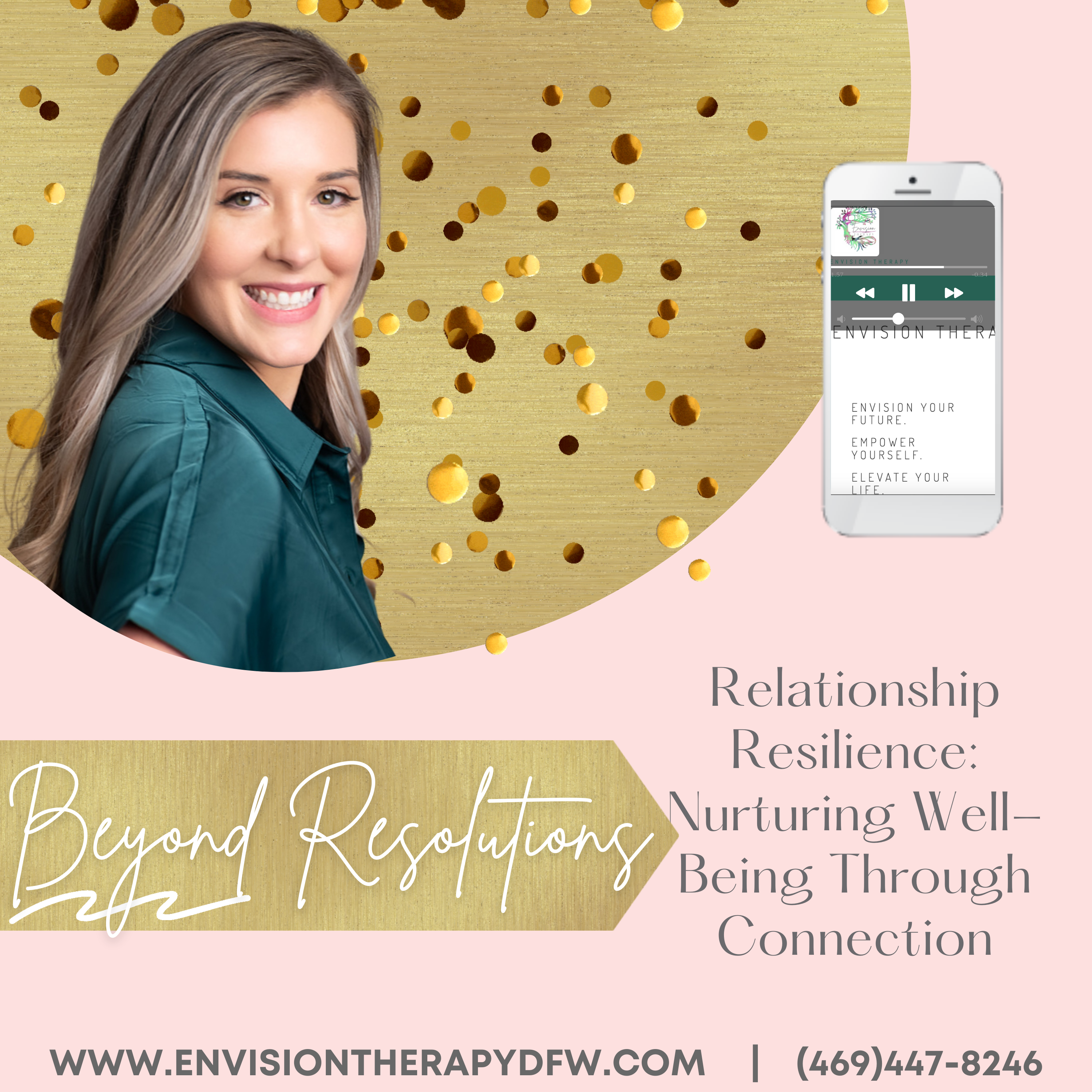








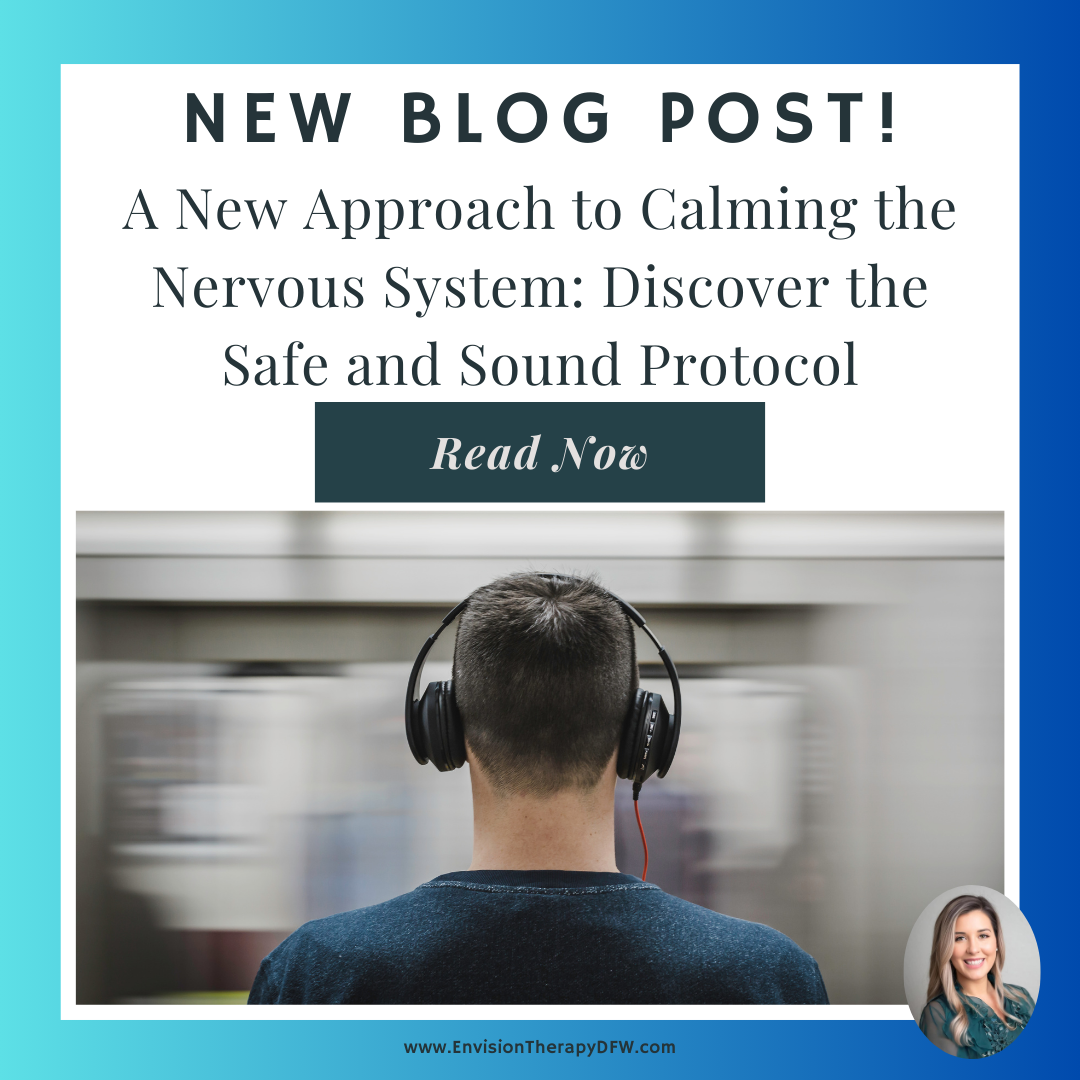
Leave a Reply